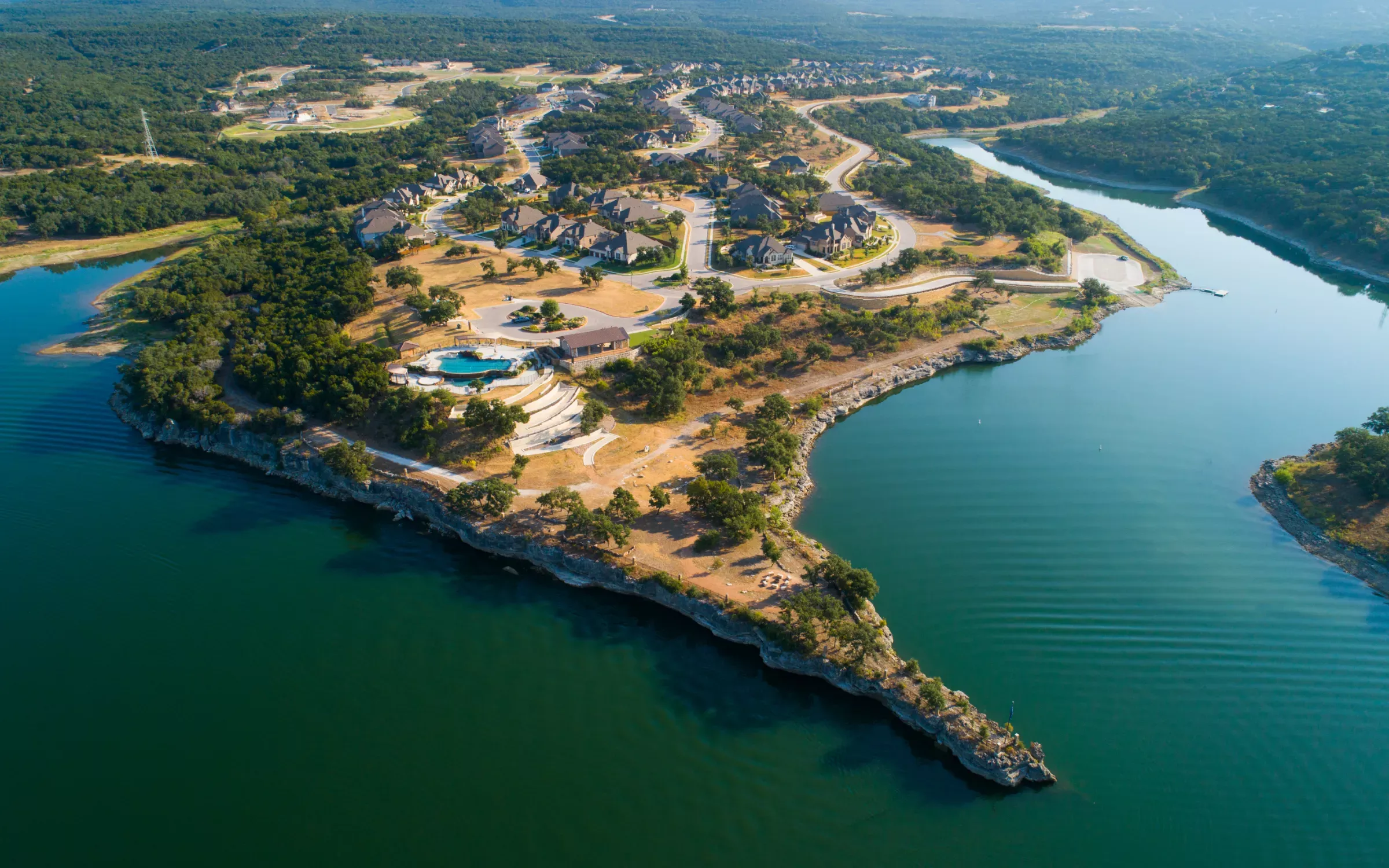
What’s the Point?
There are elements of both art and science that go into shaping communities that many will call home for decades to come. Learn the steps to safeguarding successful developments.
The work from home phenomena has captured the imagination of workers across many nations in the past three years. Now the trend is also influencing the way master-planned residential communities are conceived-with an eye toward dedicated and convertible spaces that can serve multiple home workers.
Adapting new buy preferences into projects that are often years in the making is tricky; especially when the features of communities are settled well before anyone buys a speculative home in the proposed community.
The path from vision to “sold” signs can be bumpy, with a lot of twists and turns before groundbreaking around: site selection, infrastructure development, zoning, and home builder selection. For a master developer, the process requires one part instinct and imagination—and another part practical experience in identifying great sites, understanding consumer trends, and connecting with quality homebuilders capable of delivering the particular version of the American dream that works in a specific location.
While all planned unit developments and housing subdivisions are, of course, planned, a “ master-planned” community curates an experience for the future residents, taking planning to the next level. Today’s master-planned communities generally share several characteristics. One is a variety of home options at different price points for a multi-generational mix of home buyers. Another is a consistent aesthetic and branding that gives the community a distinct and well-recognized identity. Even seniors housing communities designed for the unique needs of the retiree demographic will sometimes have a variety of price points and need levels incorporated into their master plans.
A third critical characteristic is lifestyle—the physical amenities and social activities that make life fulfilling and build a true sense of community. The most successful master-planned communities excel at understanding what makes for a vibrant, engaging mini-town. In contrast, a traditional housing subdivision will offer high-quality homes, but without built-in amenities and social engagement.
Location is in the eye of the beholder
As the saying goes, the secret to real estate success is location, location, location. Where master-planned communities are concerned, however, a “good” location means different things to different people. The best master developers excel at envisioning how to capitalize on a land site’s unique location and natural characteristics.
Master-planned communities thrive when the following characteristics are present related to the development site:
- Growing local economy. A growing economy in the surrounding community is one promising characteristic, with the potential spark of an ongoing demand for housing.
- Proximity to nature. Proximity to a lake, river, park, or other natural area is another strong indicator of a winning location. Now more than ever, many consumers are seeking health and wellness amenities, and the restorative power of nature.
- Local amenities. Amenities in a nearby community also can make a location more marketable as a site for housing. A nearby shopping and entertainment center or major league sports arena, for example, add a unique element.
- High-quality schools. For the important family component of a master-planned community, the quality of the local school district will always be a critical factor. Of course, if a community is large enough, it might even have its own school.
- Affordability differential. As housing prices have skyrocketed in larger cities, master-planned communities in secondary or tertiary locations, or on the outskirts of larger cities, provide an attainable alternative to more expensive options nearer to downtown areas.
- From vision to reality. Once a site is found, the strategy begins. A master developer will use extensive research on local demographics, national consumer trends, and other factors to determine the perfect mix of housing types and amenities to include in the plan for the community.
Concurrently, it’s important to understand the physical characteristics of the site and envision where critical infrastructure can be developed, such as power and utility connections. If a “lazy river” feature will be included, for example, the master developer will need to determine where the water will come from and where the feature can be sited sustainably and without jeopardizing other plan elements.
As the plan comes to life, a master developer must create a strong branding and marketing program to attract qualified homebuilders for each component of the master plan. Not surprisingly, the more experienced master developers maintain relationships with the major homebuilders, and an understanding of the homebuilders’ own brands.
Eventually, every subparcel will be sold and all responsibility for the community will be in the hands of the homeowners’ association. Anticipating that moment, savvy master developers take long-term operating and maintenance costs into consideration when planning the shared components of a community. Homeowners will want to know what to expect in terms of fees—and the more manageable the costs, the easier the sell.
Integrating the elements in demand
While every aspect of creating a master-planned housing development is important, the most effective master developers succeed because they have a vision—and the ability to integrate every aspect of site selection, infrastructure, financing, and execution. As demand for thoughtfully curated housing continues to grow in the United States, and many other places in the world, master developers will find their unique skills in high demand to provide unique environments for house-hungry consumers.
